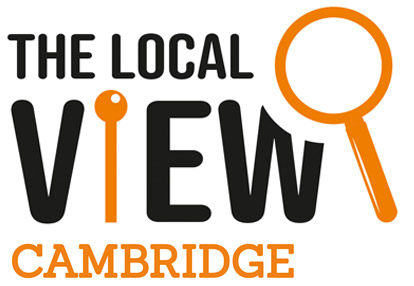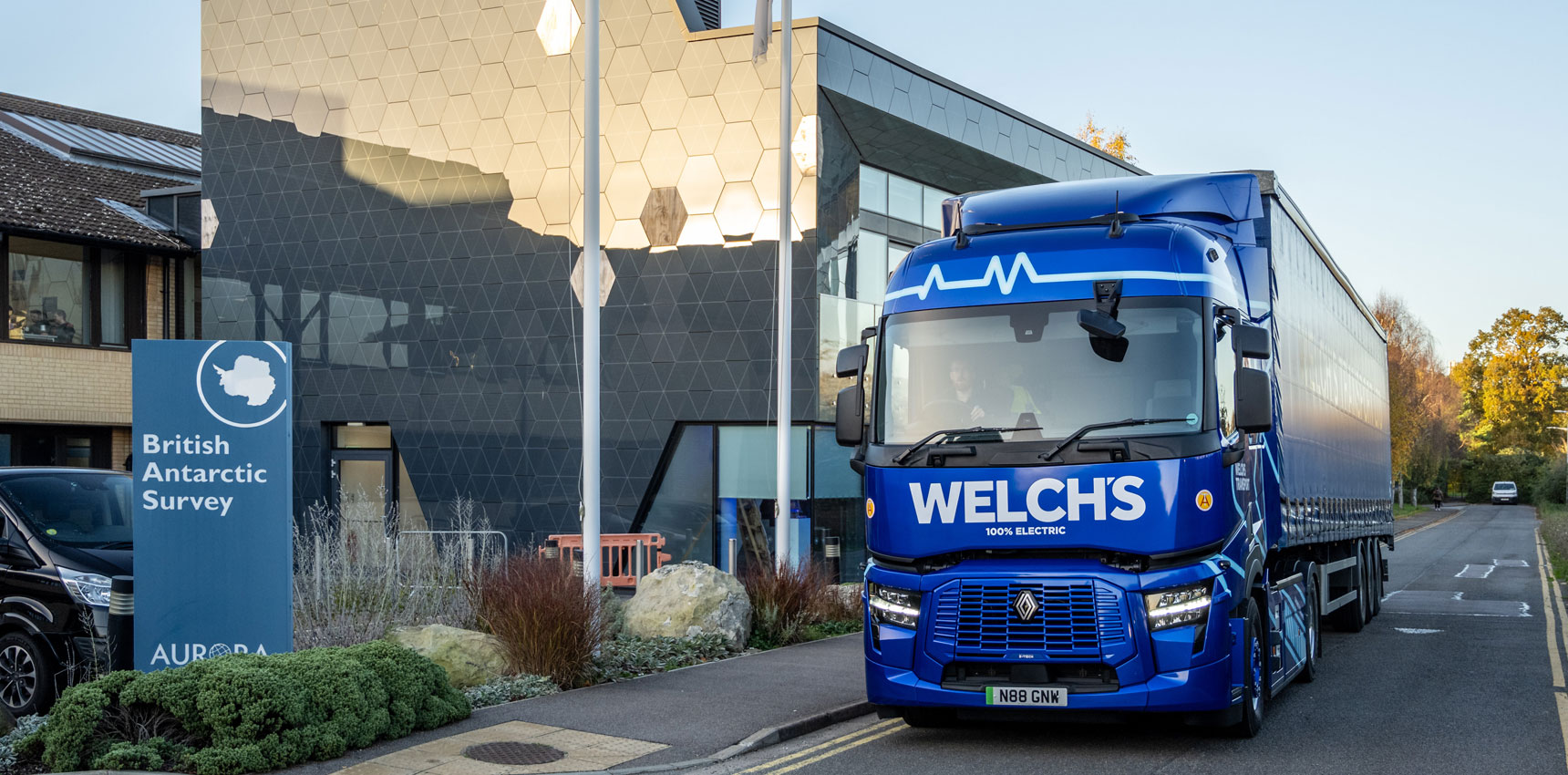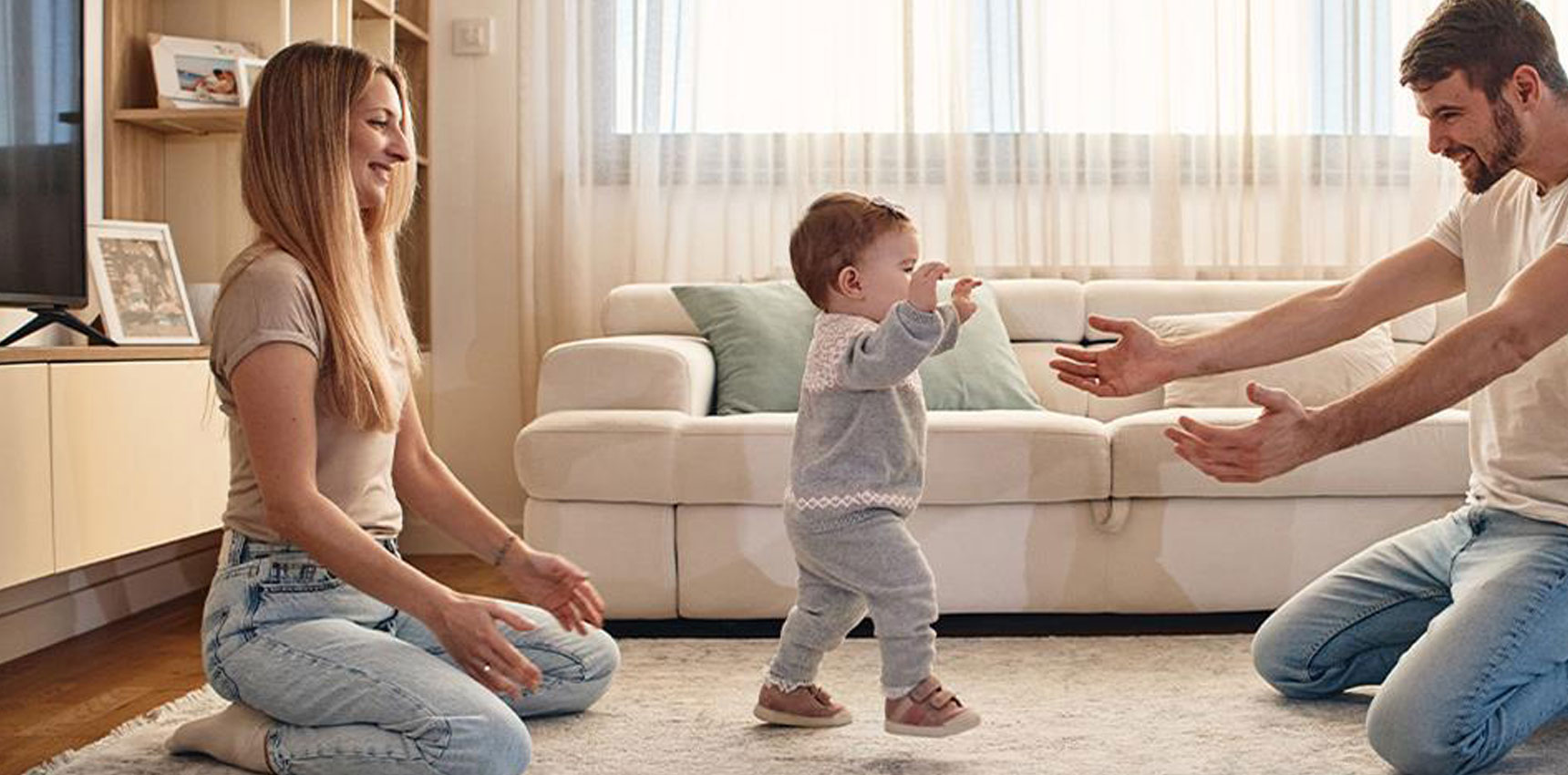Photographing wildlife has to be one of the most pleasurable pursuits – the perfect way to be surrounded by and absorbed in beautiful scenery, studying all kinds of species from plants, animals, birds to insects and capturing a range of atmospheric conditions.
The Wildlife Trust in Cambridgeshire run an annual Wildlife Photography Competition and the winners in the 2020 competition have recently been announced; the theme was Local Gems, and the deadline extended to allow for entries during lockdown, with an extra category added, Garden and Home Gems, with an impressive number of entries.
The overall winner is Carl Everitt, with a stunning image of dawn rising over Bradlaugh Field reserve in Northampton (images had to be taken in the three counties which the local Trust covers: Bedfordshire, Cambridgeshire and Northamptonshire), he wins £1,500 worth of photographic equipment from Fujifilm UK.

A wide selection of 24 images was made in total, all to be published in the Trust’s 2021 wildlife calendar (on sale in the next few months) of which several are local to the Fens. Two species at Woodwalton Fen are in the calendar: a gorgeous water vole taken by Guy Pilkington (regular photographer at the Great Fen), reflecting the fact that the Fens is a booming stronghold for these beautiful, nationally declining mammals, and a four spotted chaser dragonfly by Colin Bradshaw. Gary Norman’s striking image of Wicken Fen is included, along with another four spotted chaser dragonfly by Hedley Wright at Wicken.
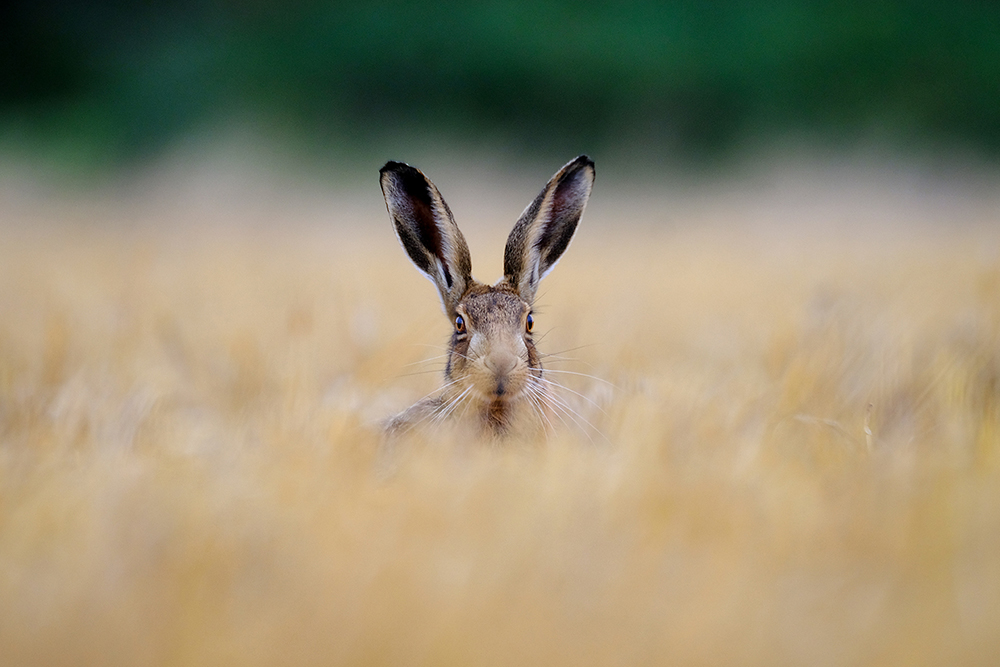

This year the Trust were delighted to have Sarah Lambert as a judge: a highly knowledgeable botanist, ecologist, blogger and photographer, Sarah delivers nature photography workshops and is a nature tour leader, she says: “This year I was very privileged to be one of the three judges, having been a prize-winner in two previous competitions. One of my winning photographs, of a sallow kitten moth resting on a lichen-covered table, was taken in our garden, so it’s been great seeing what people have photographed in their gardens.”


Most gardens provide a wealth of subject matter for wildlife photography and a small area allows the development of a more in depth understanding of the animals and plants that share the space – there are many advantages to garden wildlife photography.

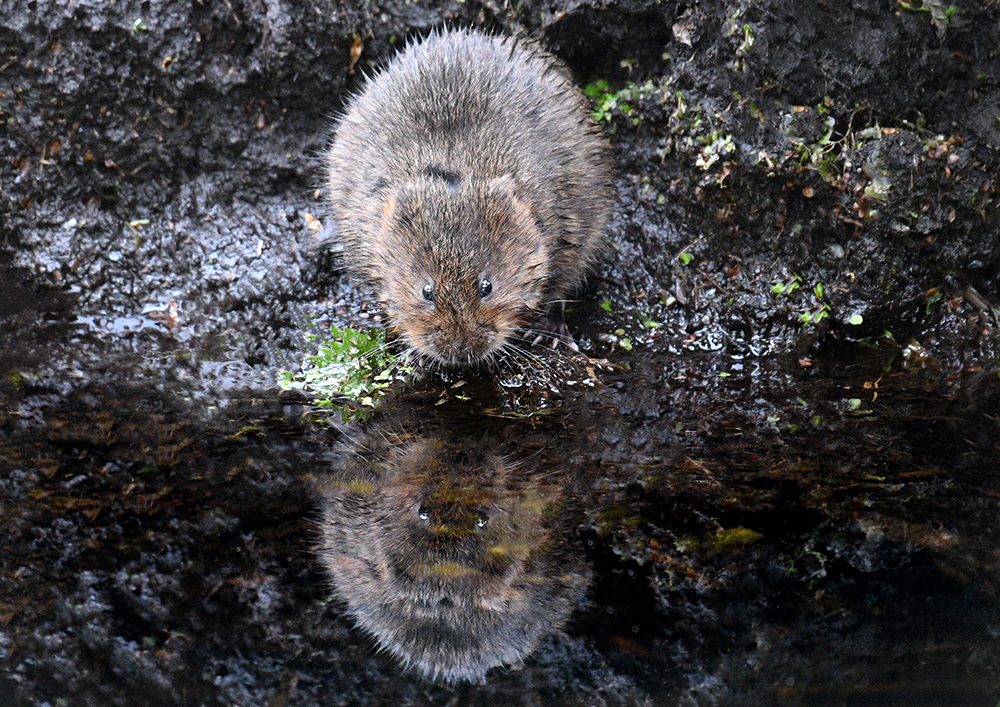
Here are some of Sarah’s top tips for taking natural garden photographs:
Attract wildlife: actively attracting wildlife to gardens by providing food and potential homes means that being near an open window can yield excellent shots. Observing wildlife and looking at natural spaces is known to stimulate feelings of well-being, and during extended periods of observation you’re more likely to capture an image that illustrates interesting behaviour or some beautiful light – plus sitting at home is generally much more comfortable than sitting in a bird hide!
Insects: garden flowers attract many insects which provides an endless source of subject matter, particularly if your camera has macro facility: spend time walking round the garden noticing what’s about. Many insects seem to be constantly on the move, but take your time and you’ll see there are certain areas that they return to. Time spent watching is never wasted, and can often be rewarding with some excellent macro shots.
Wildflowers, mosses and fungi: in gardens these shouldn’t be overlooked as a photographic resource and may be easier to capture than fast-moving insects – look for interesting angles, stunning colour contrasts or intricate patterns. Wildflowers are often best if you take them from ground level, and as many cameras have flip-up screens, this no longer means you have to lie on the ground, though this can be a pleasant way to spend some time in warm, dry weather.
Good lighting: particularly important for wildflower photography – shooting against the light in early morning or late evening highlights the translucence of delicate flowers or the presence of interesting spines and hairs. Detailed shots of flowers are best taken on calm days with high cloud cover, when the sky acts as a giant soft-box, eliminating any harsh shadows.
Experiment: as well as more traditional wildlife and nature photography, perhaps try some creative approaches such as in-camera movement, multiple exposures and long exposures? Or techniques such as stacking or photographing flowers on a lightpad – there’s plenty of information on the internet to help with these techniques.
More info
www.wildlifebcn.org/news/photography-competition-2020-winners-announced
Sarah Lambert www.blipfoto.com/mollyblobs
Judges included representatives from Fujifilm UK and Opticron, and past winner Simon Wantling. 240 people people submitted 580 photographs for consideration, an impressive field of photographs to choose from: the Trust thanks everyone who submitted photographs.
